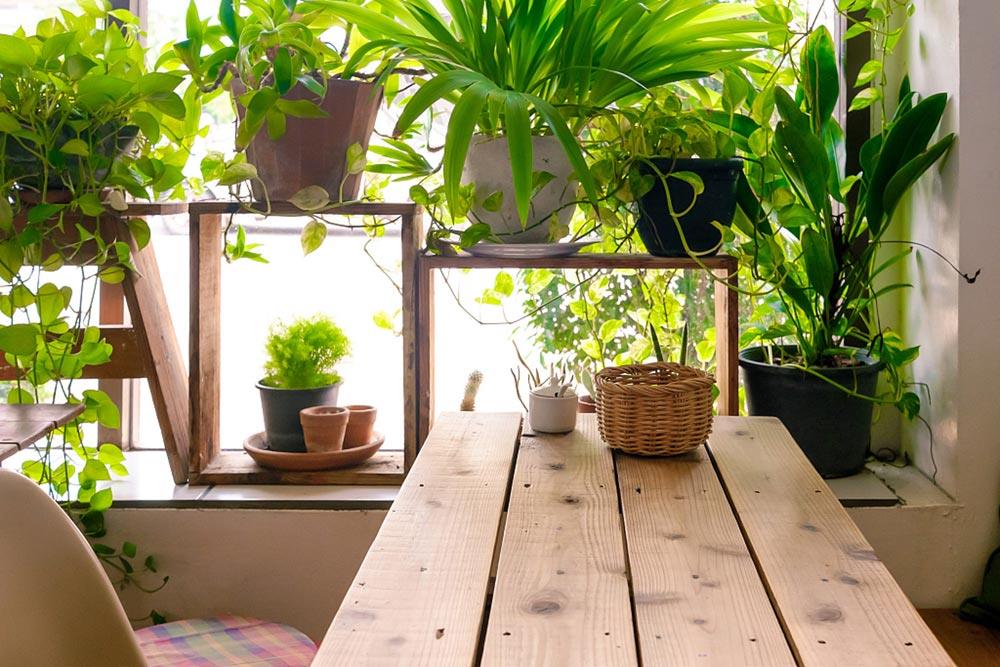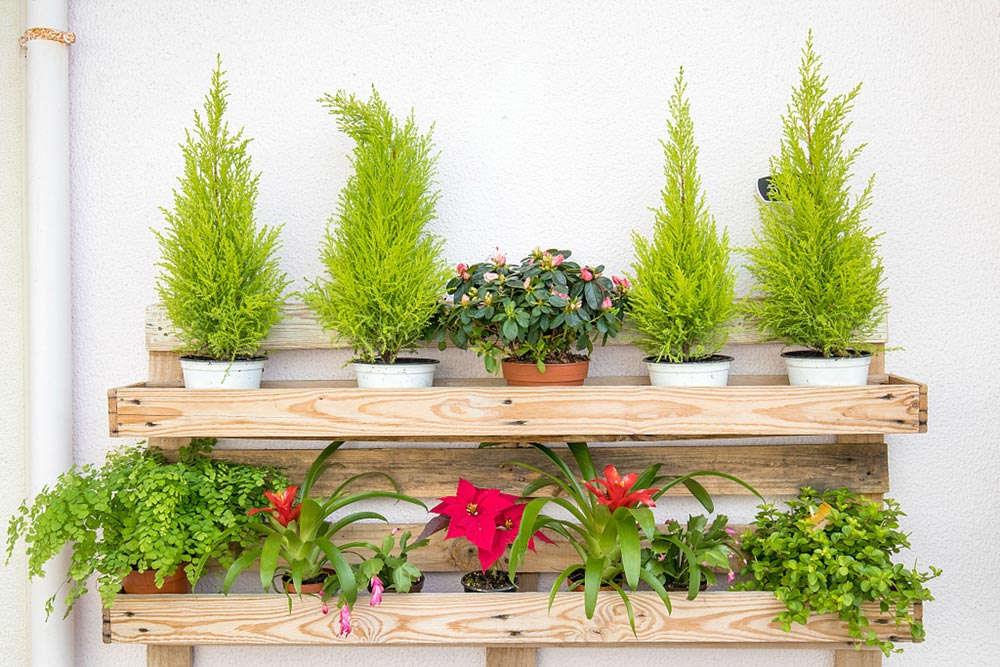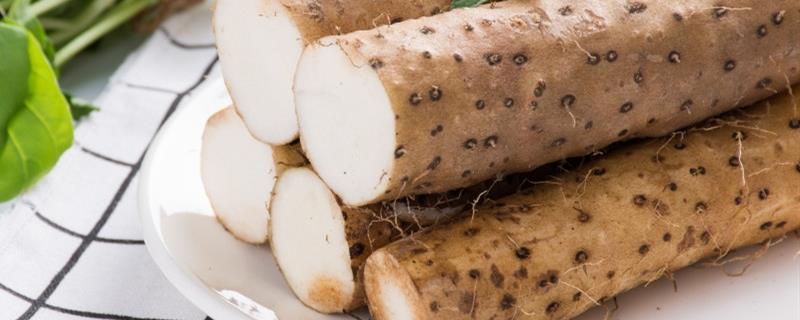Orchid canna cultivation methods and precautions
Last Update :2024.06.18
Article Catalog
You will find many bright yellow or crimson flowers in various parks on urban streets in our country. This is the orchid canna. This flower is very beautiful and many people want to cultivate it. So what should we do? Let’s learn about it. .

1. Lighting
1. Light
This plant likes sunlight, so it needs very sufficient light, and it needs to receive at least 5 hours of light every day. Plants grown in shady conditions will bloom later. If you place it in a darker place after flowering, it can extend the flowering time and make it easier to watch.

2. Temperature
In order to keep this plant healthy, the most suitable temperature is 15-30 degrees. In order to extend its viewing time, the temperature can be appropriately lowered when it blooms, but it should not be lower than 10 degrees, which can extend its flowering time. When the temperature is higher than 40 degrees, it is best to place it in a cool and unobstructed environment. Before and after frost, it needs to be placed in a place between 5-10 degrees, so that you can safely spend the winter.

3. Humidity h2>
This plant has excellent moisture tolerance and needs to spray water on the leaves 1-2 times a day. In addition, watering should be done thoroughly to ensure the plant's demand for water. In hot summer, it is not advisable to use too cool water for watering, as it can easily cause the leaves to wither. In addition, if it is too dry, the same symptoms will also appear.
4. Fertilization
In addition to the need to use a certain amount of base fertilizer before planting, fertilization should also be applied 3-4 times a month during the peak growth season of the plant. If no flower buds appear 20-30 days before the flowering period, you can spray 0.2% potassium dihydrogen phosphate on the leaves to promote flowering. This plant sometimes suffers from wilting or yellowing of leaves. Generally speaking, this is caused by excessive ferrous sulfate or drought. In hot summer, be careful not to apply too much fertilizer, otherwise it will burn the roots of the plants and cause the plants to die. During winter, fertilization should be stopped.

5. Soil h2>
This plant does not have high requirements for soil conditions, it only needs to be loose, fertile and easily water-repellent. Whether it is sandy soil or clay soil, it can grow normally. The potting soil needs to be composed of leaf mold soil, garden soil, peat soil and mountain mud. Or use leaf soil, vegetable garden soil, and rice bran ash in a ratio of 2:3:1, and add less bean cake and bone meal. The soil should be kept moist at all times for plant growth. When the fifth leaf grows, fertilizer needs to be added in time.
2. Temperature
3. Humidity
4. Fertilization
5.Soil
- END -
What is yam? What is the difference between yam and yam?

Yam is often seen in daily life and comes from many places. Although its texture i...
Why do you see dryness and wetness?

This watering method of seeing dry and then wet can ensure the correct application...